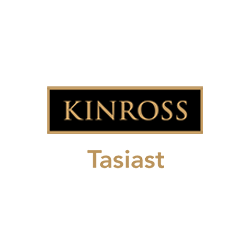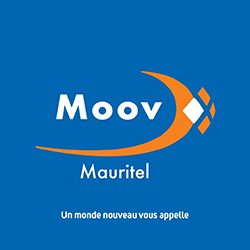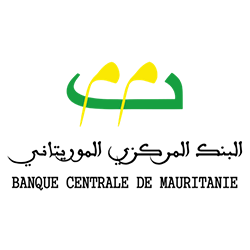



The annual production potential is estimated at 180,000 tons of red meats, 213,000 tons of milk and nearly 5 million pieces of raw hides.
Thus, the country could easily ensure its self-sufficiency in animal products or even export more animals and its products (red meat, skins and leathers) to other countries and also has an indisputable dairy potential distributed in different regions.
The consumption of white meat in Mauritania is estimated at around 10,000 tons/year, or 3 to 4 kg/inhabitant/year, which remains much lower compared to neighboring countries. This consumption has experienced remarkable growth in recent years mainly due to the increase in imports of frozen products. This trend of growing demand is expected to continue. Existing market opportunities, not only for the supply of Nouakchott but also of other agglomerations is generally due to the diversification of the diet of the entire population.


- Mauritania’s poultry imports increased from around 7,306 tons in 2010 to 29,068 tons in 2019, which reflects the increase of the demand. In addition to population growth and strong urbanization, the catering mode for households changed to adapt to the most accessible products. Also, the development of the mining and petroleum sector is accompanied by the creation of platforms and workers’ living centers on research and exploitation sites, all of which increases the demand for poultry meat.
- Individual consumption of milk and its products is estimated at 0,52 kg/inhabitant/day, around 2,080 tons consumed per day and nearly 760,000 tons/year. This data reflects the importance of the dairy consumption of the local inhabitants.
- The oases which swarm in various zones of the north and the center of Mauritania are also an attractive element for the tourists, just like the landscapes where the mountain ranges embrace the dunes of fine sand.
- Six industrial dairies located in Nouakchott share the collection and processing of milk collected in the immediate and remote periphery of Nouakchott, as well as in Rosso (Trarza region) and Boghé (Brakna region). Another dairy industry is installed in the South-East region of Hodh el Chargui, in the city of Néma. Many industrial dairies in a smaller scale are currently located all over the territory.
- The legal framework for investments in the animal production sector: New legal reforms have been put in place to determine the precise rules that must govern all aspects of pastoral activity to ensure the preservation and the promotion of pastoralism in Mauritania.








